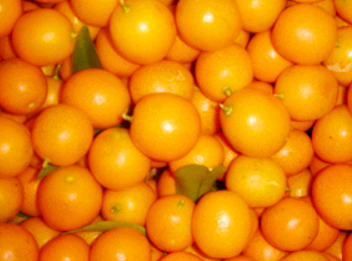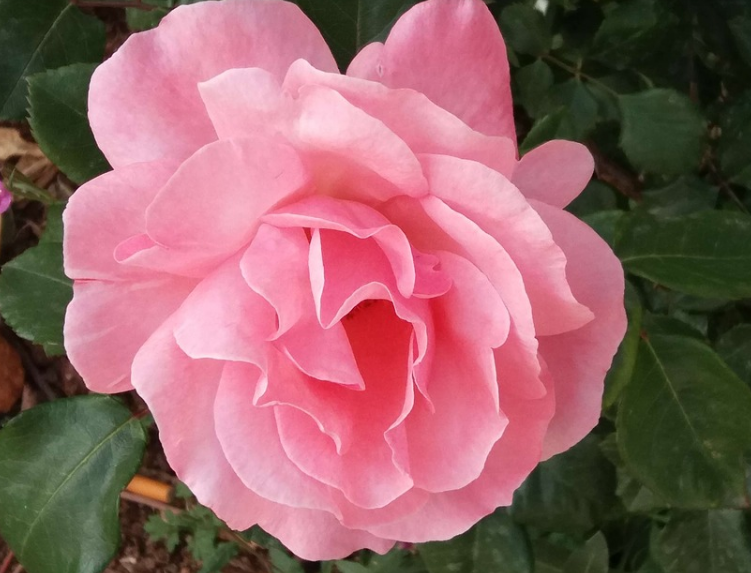What kind of plant is water hyacinth? What are the effects and effects? How should I plant it?
Water hyacinth is native to Brazil. Now it is widely distributed in the Yangtze River and Yellow River basins and South China provinces. Like the warm, humid, sunny environment, adaptability is also very strong, with a certain degree of cold resistance. So, what kind of plant is water hyacinth? What are the effects and effects? How should I plant it?
What kind of plant is water hyacinth?
Water hyacinth is a floating herb with well-developed whisker roots, extremely short stems, light blue flowers, multi-angled trumpet-shaped flowers, and large petals above; there is an obvious bright yellow spot in the center of the petals, which is shaped like Phoenix eyes and also like the flower spot at the tail end of peacock feathers, which is very pleasing to the eye and beautiful. It is often the landscaping material in the garden waterscape. Planted in a corner of the pond, framed with bamboo, wild and quiet.
What are the effects and functions of water hyacinth?
1. The effect of pollution control
Water hyacinth can treat sewage: under suitable conditions, one hectare of water hyacinth can absorb nitrogen and phosphorus discharged by 800 people on the same day, and water hyacinth can also remove various heavy metal elements from sewage. Therefore, the pollution absorption capacity of water hyacinth is considered to be the strongest of all water plants.
2. Purification effect
Water hyacinth has a strong water purification effect, can be planted in shallow ponds or potted plants, fish tanks, flowers and leaves are suitable, but also can make water purification. As early as 1992, researchers at Okayama University in Japan published the book Water Hyacinth Save the Earth, praising water hyacinth for purifying water and air and reducing greenhouse gases.

3. Edible
Water hyacinth is a kind of edible plant. Some experts in Wuhan put forward the "eating theory": water hyacinth tastes like Chinese cabbage and is an authentic "green vegetable". Stir-fried water hyacinth, soup boiled water hyacinth, taste very good. There was a company that developed and produced water hyacinth functional drinks and achieved good sales results. The flowers and tender leaves of water hyacinth can be eaten directly, its taste is refreshing and refreshing, and has the effect of moistening the intestines and defecation. Indigenous people in Malaysia and other places often use the young leaves and flowers of water hyacinth as vegetables.
4. Medicinal value
Water hyacinth can treat digestive system diseases and skin venereal diseases. According to traditional Chinese medicine, water hyacinth tastes pungent and light. It can clear heat and relieve summer heat, disperse wind and send juice, diuresis and detumescence. Main treatment of skin eczema, rubella, heatstroke and thirst, nephritis edema, adverse urination.
Third, how to plant water hyacinth?
1. Selection of seeds and seedlings
New and strong plants should be selected, and diseased and rotten leaves should be removed and left as seedlings with a stocking capacity of 5 kg / m.
2. Keep low temperature and restrain the growth of seedlings.
In the conservation stage, the suitable water temperature is 13 ℃-15 ℃, the temperature difference between day and night can not exceed 2 ℃ C, the growth stops below 10 ℃, the survival can be maintained at 4-5 ℃, and the death occurs when the temperature is less than 0 ℃. Therefore, in the stage of seed preservation, the indoor temperature should be prevented from being too high, preferably preserved at low temperature, so that the seedlings are dormant.
3. Ventilation and ventilation
Ventilation should be maintained every day to keep the air fresh in the objective existence. By late April, all doors and windows can be opened during the day and closed at 45 p.m.; 10 days before stocking, all doors and windows should be opened day and night to refine seedlings so that seedlings can gradually adapt to the natural environment and prepare for planting and breeding.
4. Keep the light
Water hyacinth has a high demand for light, and the longer the light time, the more exuberant the photosynthesis. No matter whether the climate is cold or warm, it must be illuminated for 4-5 hours a day, especially in spring. If the cover is too strict for 2-3 days, the water hyacinth will rot or even die. Therefore, the seed conservation room should open the curtain every day in order to increase indoor light and room temperature.
5. Changing water and fertilizing
The relative humidity of the water hyacinth protection room should be 70%, 80%. The temperature increases in spring, the wind is strong, and the water evaporates fast. at this time, the pool water should be sprayed frequently and the water should be changed regularly. generally, the water should be changed every two months, and the temperature difference of the water should not be too large. The use of low temperature seedling protection, can not change water. In addition to the protection of seedlings before the application of sufficient fertilizer, during the protection period should also often pay attention to topdressing, it is best to use rotten human feces and urine, diluted by 1:20 concentration. Do not sprinkle directly on the seedlings when topdressing.
Time: 2019-03-14 Click:
- Prev

Will you get angry if you eat too many oranges? Can I eat the skin? How many years will it take to blossom and bear fruit? (with pot planting method)
Money tangerine, also known as Beijing tangerine, is a traditional local fruit in Guizhou Province, which has been cultivated for more than 350 years. Money orange fruit is small, the general weight of 30 to 50 grams, there are spherical, cake-shaped, flat-round several. The fruit colors are orange red, orange red and scarlet.
- Next

How many months does the Queen of Flowers bloom? Why are the flowers getting smaller? (with breeding methods)
Rose, known as the queen of flowers, four often open, beautiful flowers, diverse looks, loved by everyone. What month does the rose bloom? Why are the flowers getting smaller? How to breed it? How many months does the rose bloom? Rose flowers have a slight fragrance, flowering from April to October, spring flowering most
Related
- Fuxing push coffee new agricultural production and marketing class: lack of small-scale processing plants
- Jujube rice field leisure farm deep ploughing Yilan for five years to create a space for organic food and play
- Nongyu Farm-A trial of organic papaya for brave women with advanced technology
- Four points for attention in the prevention and control of diseases and insect pests of edible fungi
- How to add nutrient solution to Edible Fungi
- Is there any good way to control edible fungus mites?
- Open Inoculation Technology of Edible Fungi
- Is there any clever way to use fertilizer for edible fungus in winter?
- What agents are used to kill the pathogens of edible fungi in the mushroom shed?
- Rapid drying of Edible Fungi

